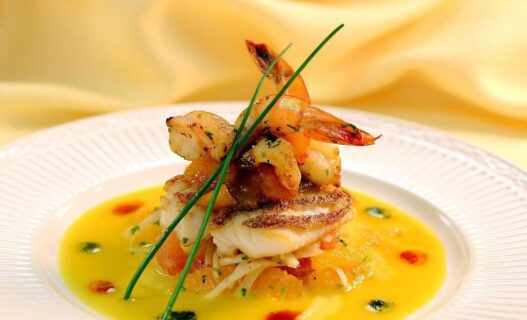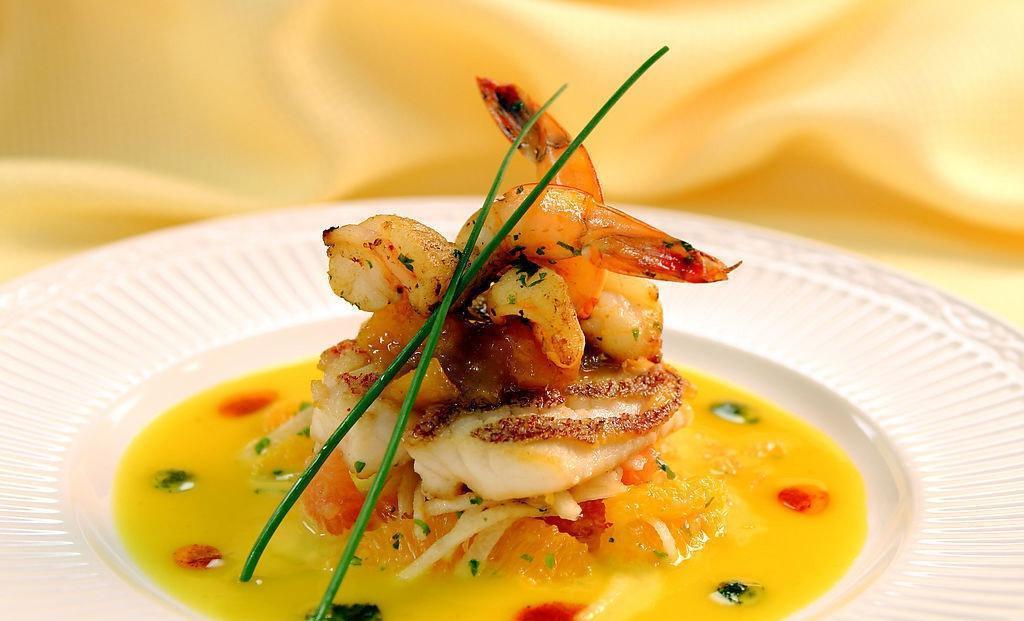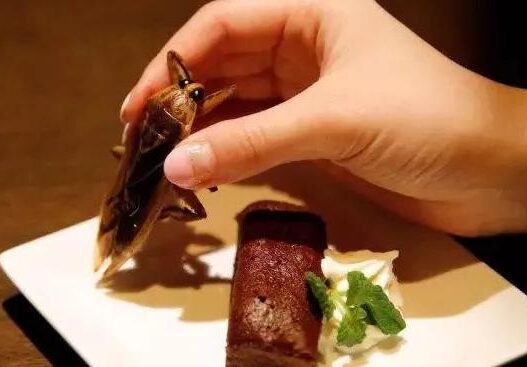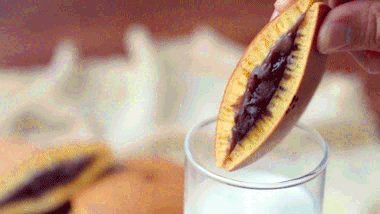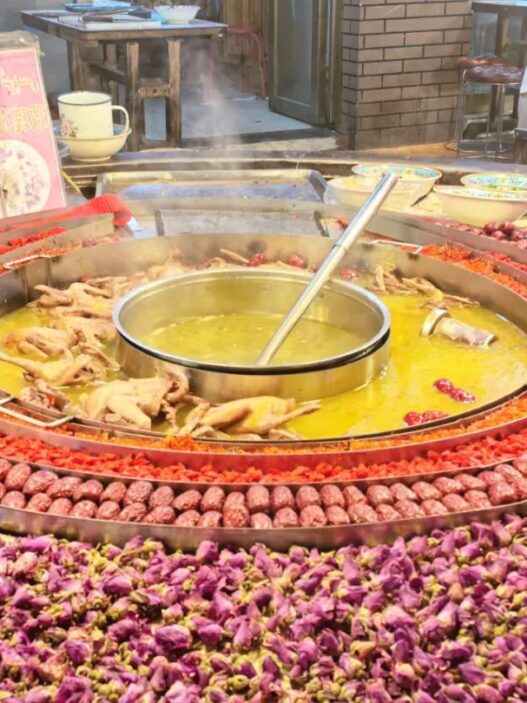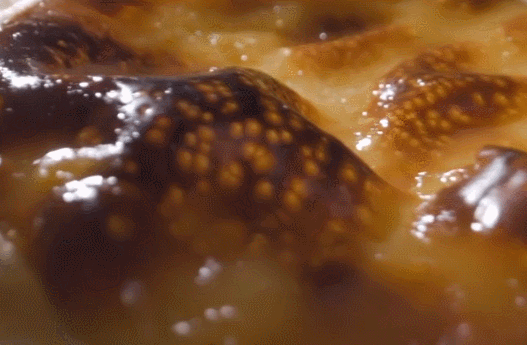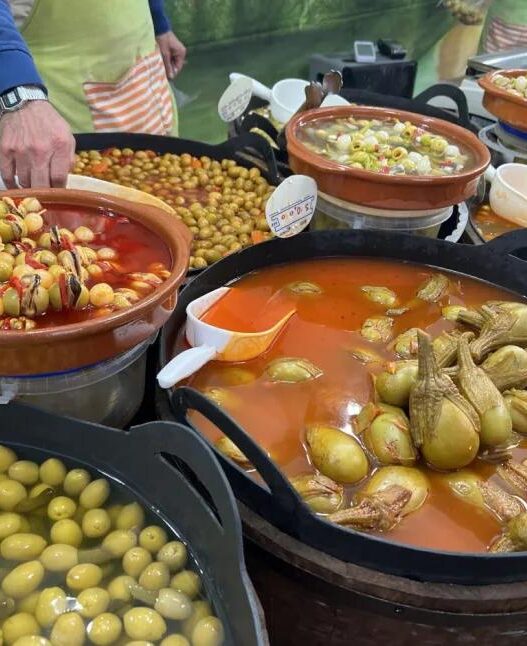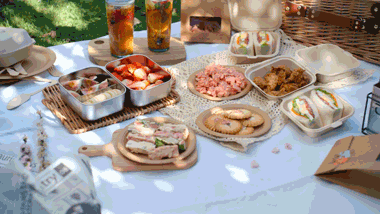Have you ever wondered why a basket of bread is the first thing served at a fancy Western restaurant? It’s not just about filling your stomach—it’s a cultural experience! Whether you’re dining at a French bistro or an Italian trattoria, bread plays a starring role in setting the tone for your meal. Let’s dive into the world of bread etiquette and discover how to enjoy it like a true connoisseur.

Why Is Bread Served Before the Meal?
Bread isn’t just a filler—it’s a symbol of hospitality and a way to enhance your dining experience. Here’s why it’s such a big deal:
1、A Warm Welcome: The bread basket is a restaurant’s way of saying, “We’re glad you’re here!” It’s a gesture of generosity that invites you to relax and enjoy.
2、Taming Your Hunger: While waiting for your main course, bread helps curb your appetite so you don’t feel like you’re starving.
3、Setting the Pace: Fine dining is all about savoring the moment. Bread helps you slow down and enjoy the meal at a leisurely pace.
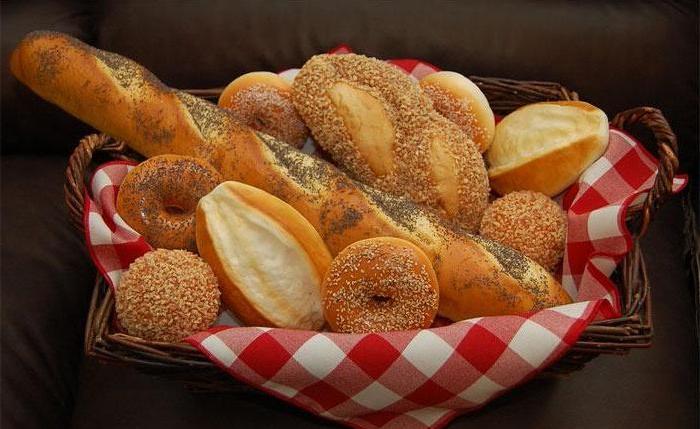
Bread Around the World: A Culinary Tour
Different cultures have their own unique bread traditions. Here’s a quick guide to the breads you’ll encounter in Western restaurants:
French Restaurants
- Baguette: This iconic French bread is often sliced and served with butter.
- Gourmet Spreads: Upscale restaurants might offer patés like Foie Gras or Rillettes for dipping.
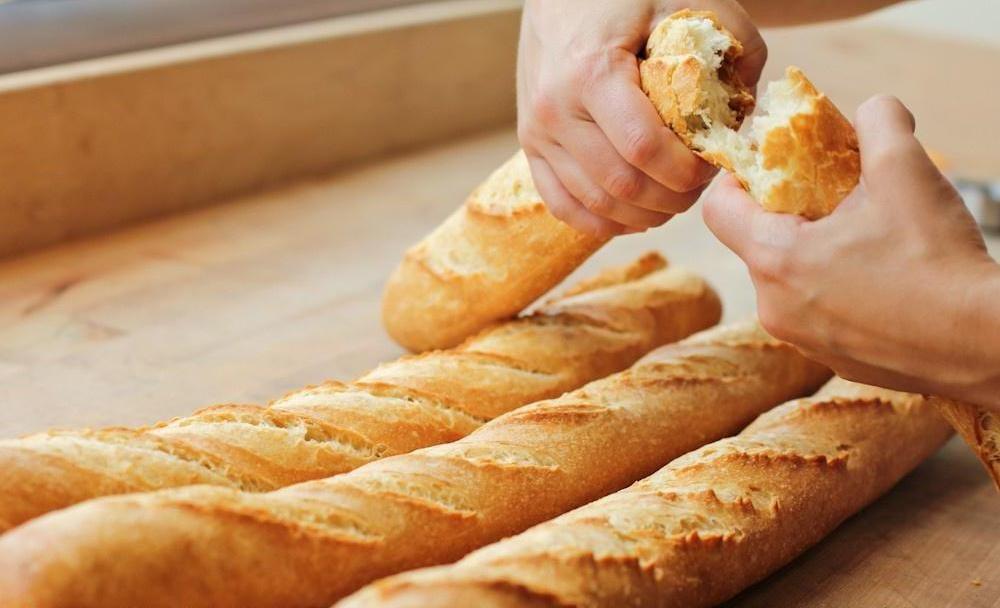
Italian Restaurants
1、Focaccia: A soft, olive oil-infused bread often served warm.
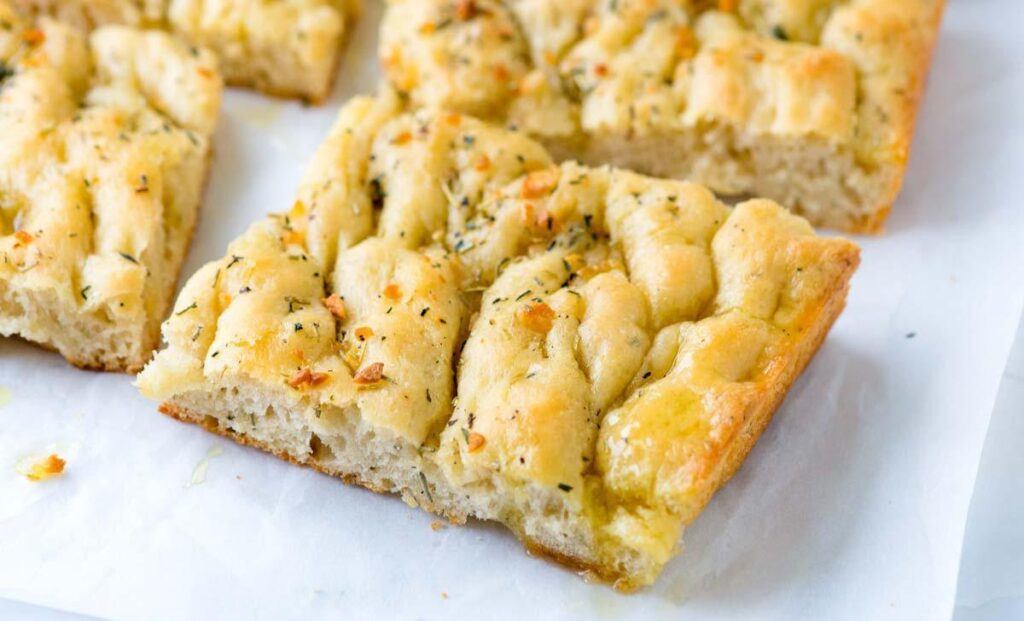
2、Ciabatta: A rustic bread perfect for dipping in olive oil or balsamic vinegar.
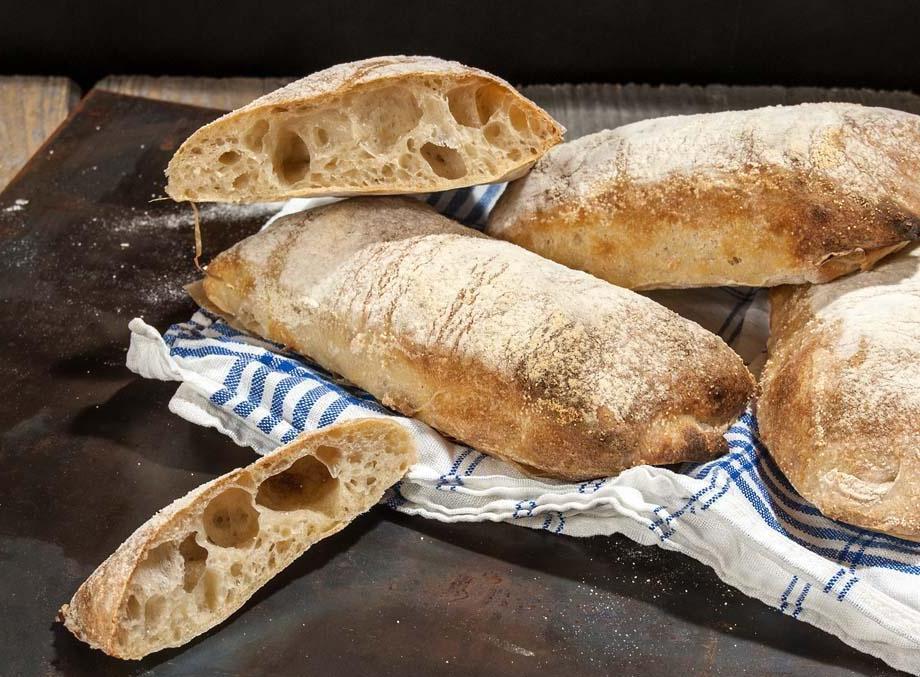
3、Roasted Garlic: A flavorful addition that pairs beautifully with bread.
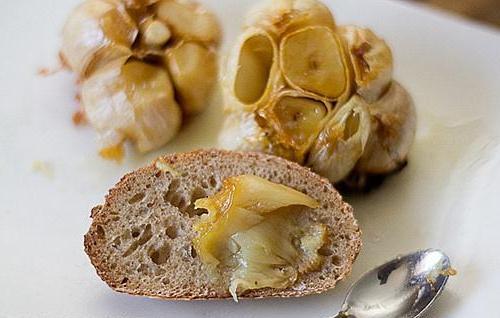
German Restaurants
1、Pumpernickel: A dense, dark rye bread with a rich, nutty flavor.

2、Brezel: A salty, twisted pretzel that’s a staple in southern Germany.
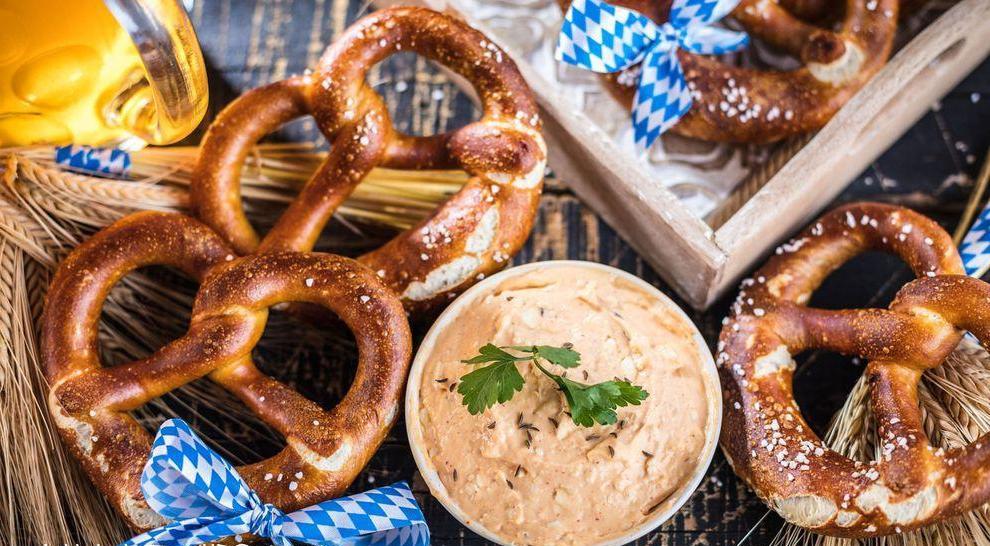
American Restaurants
1、Corn Bread: A sweet, crumbly favorite often served with butter or jam.
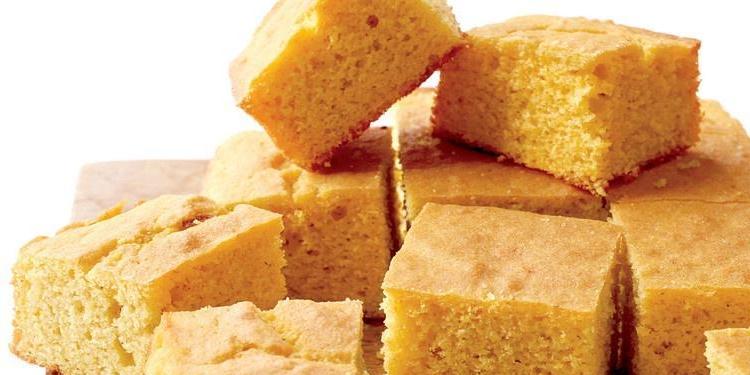
2、Whole Wheat and Rye Bread: Healthier options that are gaining popularity.
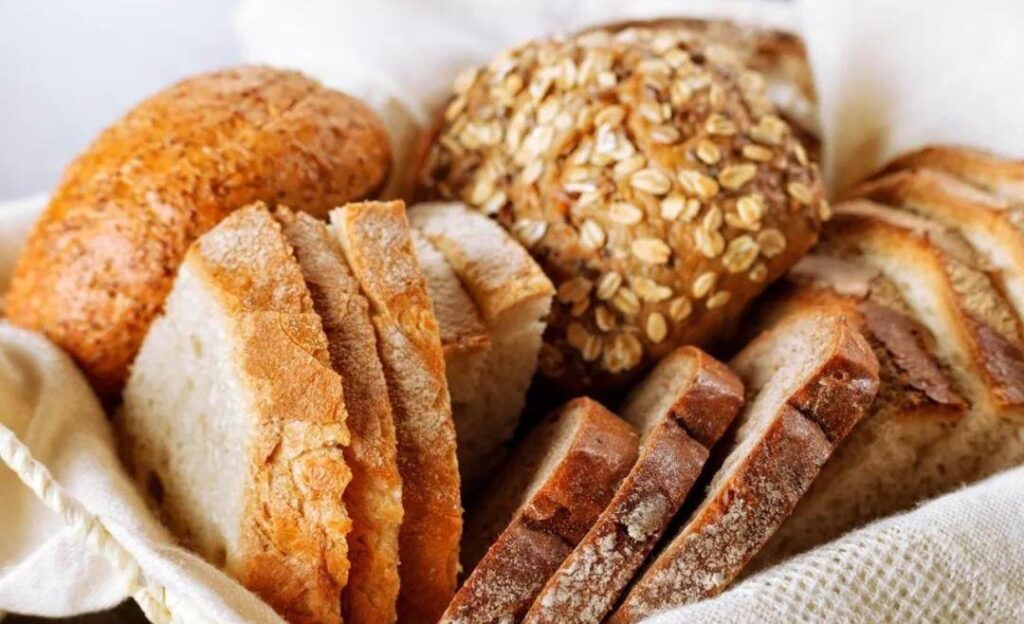
The Bread Basket: A Mark of Quality
The bread basket can tell you a lot about a restaurant’s standards. Here’s what to look for:
- Freshness: The bread should be warm and freshly baked, not something out of a package.
- Butter: High-end restaurants often serve both unsalted and salted butter at room temperature.
- Creative Touches: Unique spreads like roasted garlic paste or vegetable dips can elevate the experience.
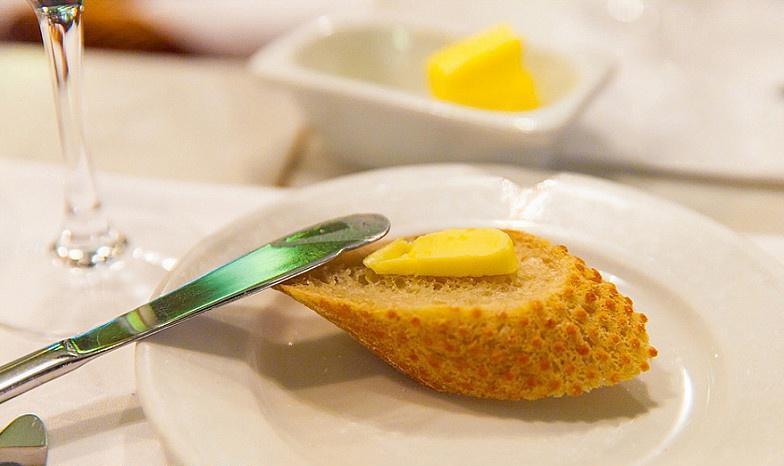
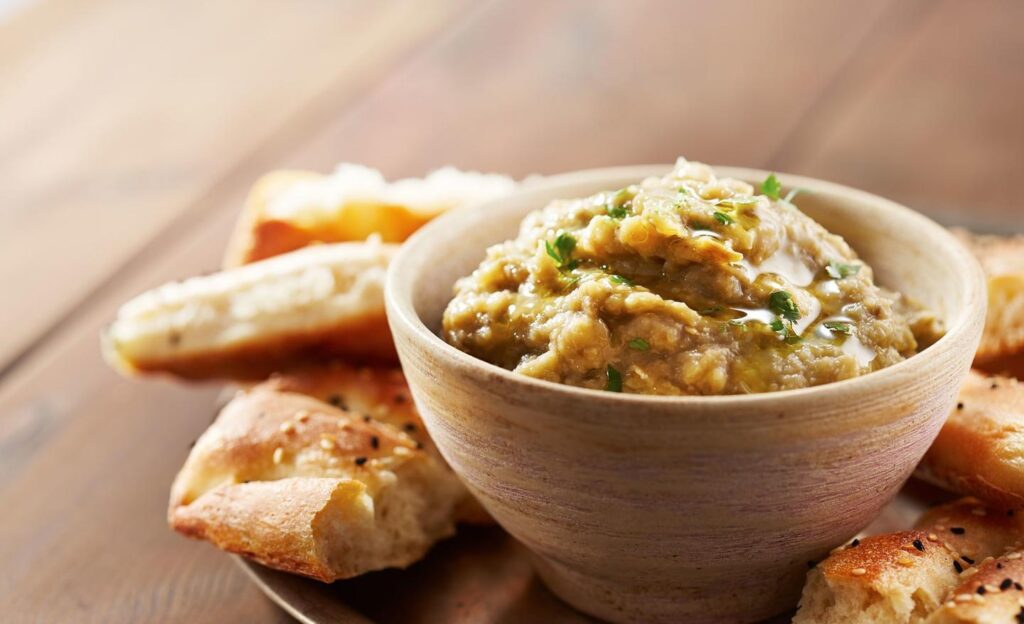
How to Eat Bread Like a Pro
Want to impress your dining companions? Follow these simple rules:
1、Pass the Basket: If the bread basket is in front of you, offer it to the person on your left before serving yourself.
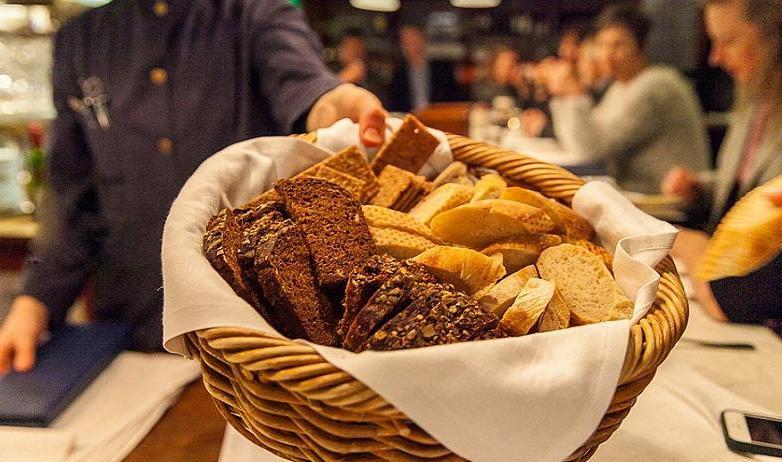
2、Tear, Don’t Bite: Tear your bread into small pieces instead of biting into it directly.
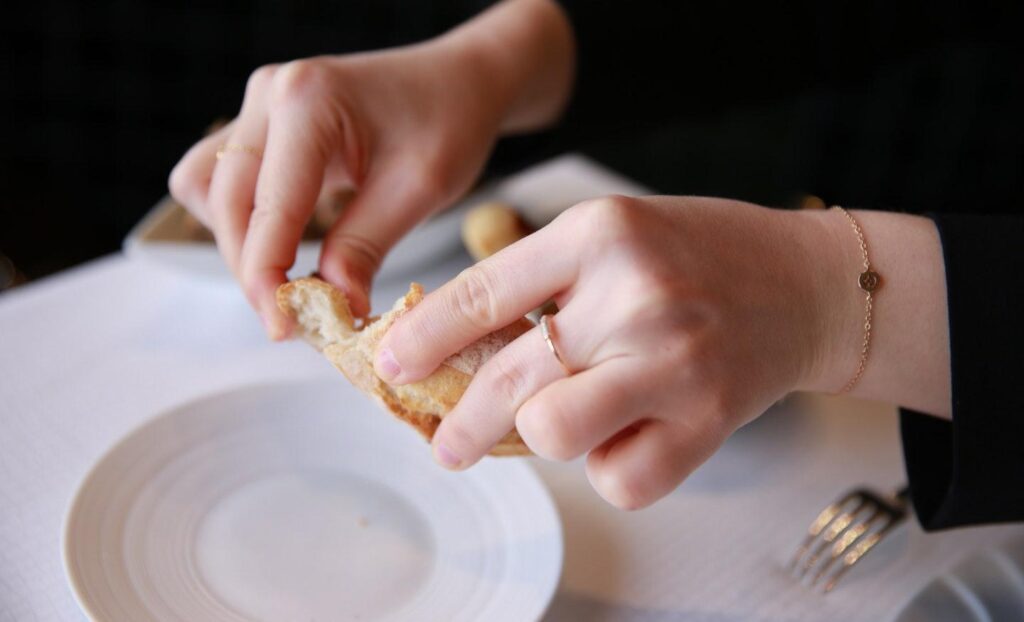
3、Butter with Care: Spread butter or dips on individual pieces, not the entire slice.
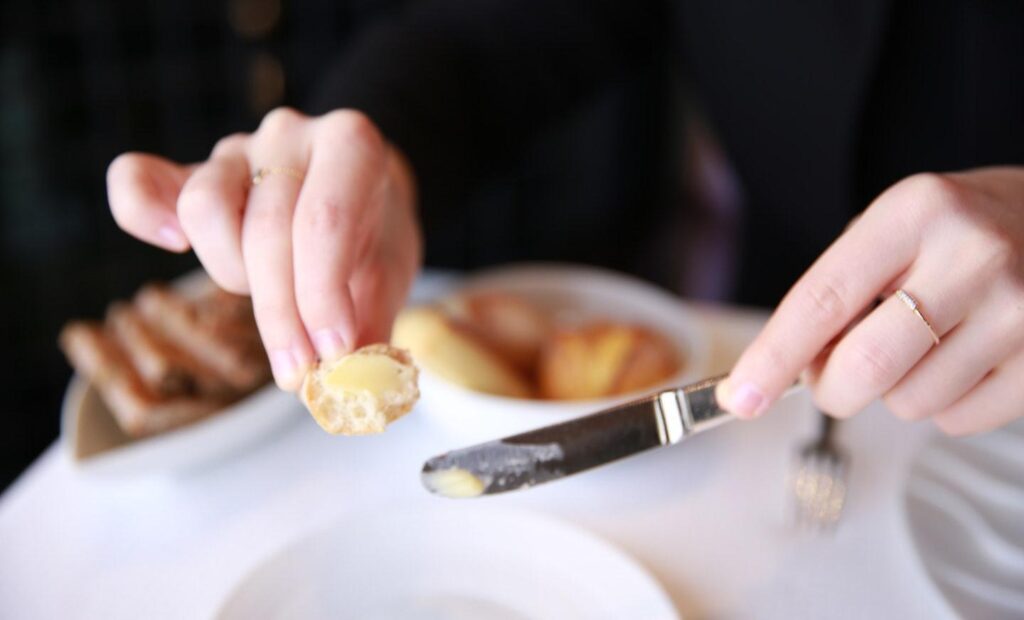
4、Mind Your Manners: Avoid holding bread in one hand and a glass in the other—it’s considered rude.
5、Save Room: Enjoy bread in moderation so you have plenty of space for the main course.

6、Leave the Last Piece: If only one piece remains, it’s polite to leave it for others.
7、Skip the Soup Dip: While dipping bread in soup is delicious, it’s best avoided in formal settings.
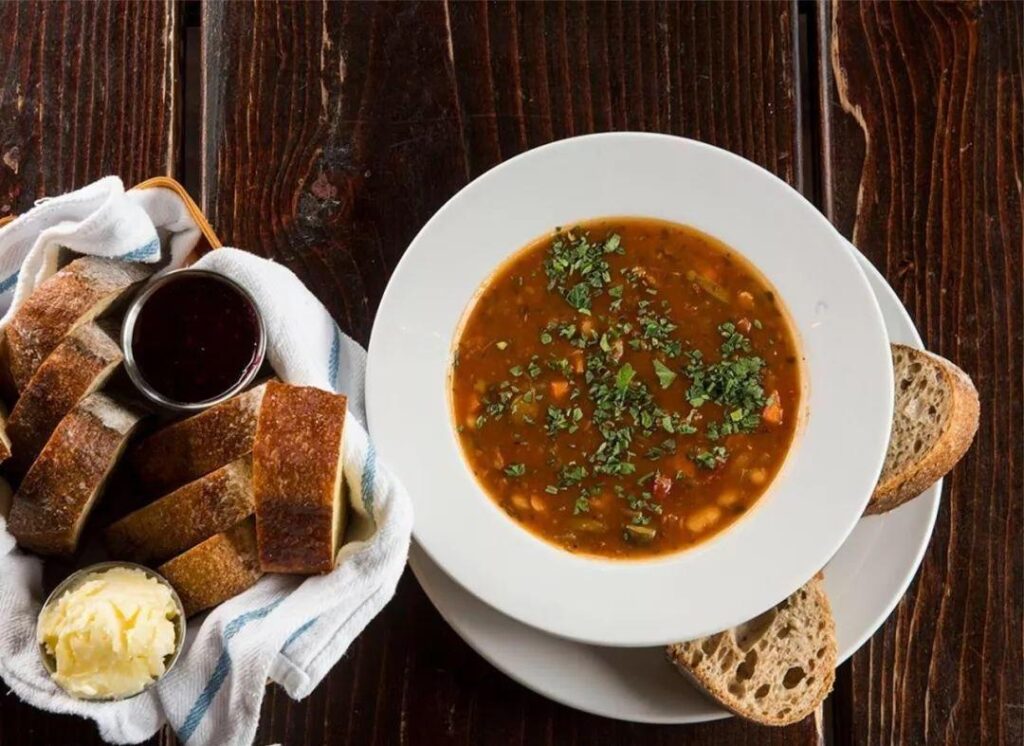
Conclusion
Bread is more than just a pre-meal snack—it’s a reflection of a restaurant’s attention to detail and a key part of the dining experience. Whether you’re savoring a crispy baguette, a fluffy focaccia, or a hearty pumpernickel, enjoying bread with proper etiquette adds a touch of elegance to your meal. So next time you’re at a fine dining restaurant, remember: bread isn’t just food—it’s an art form!





